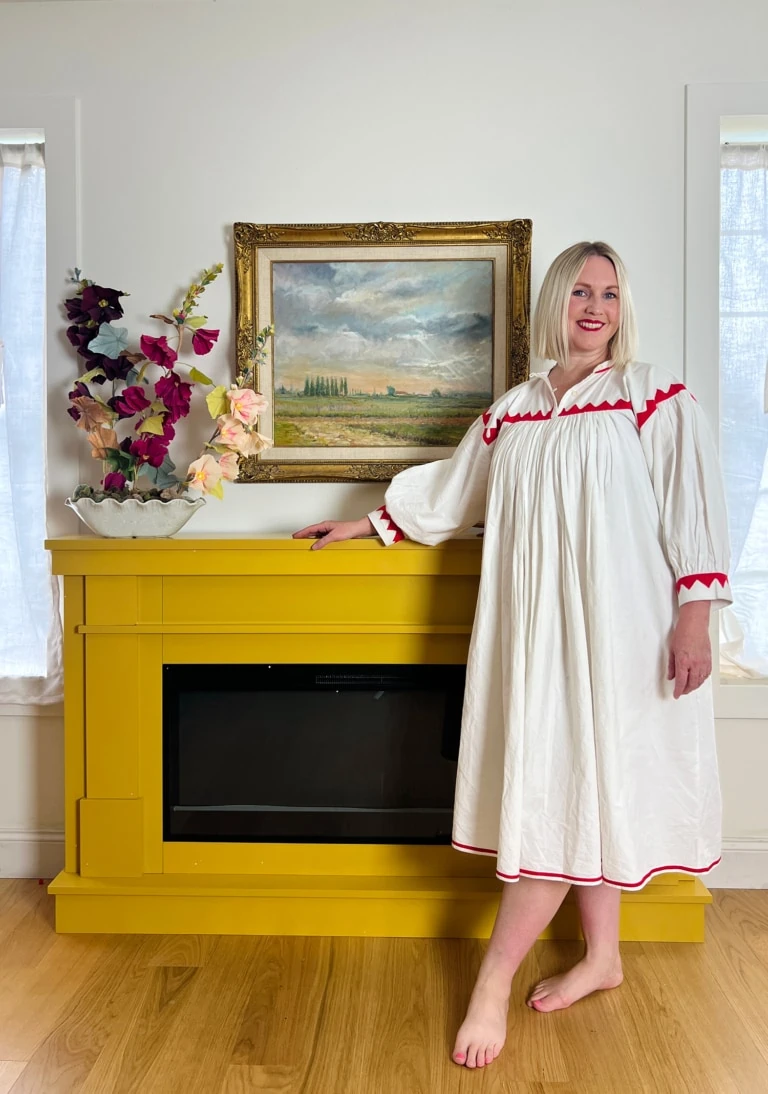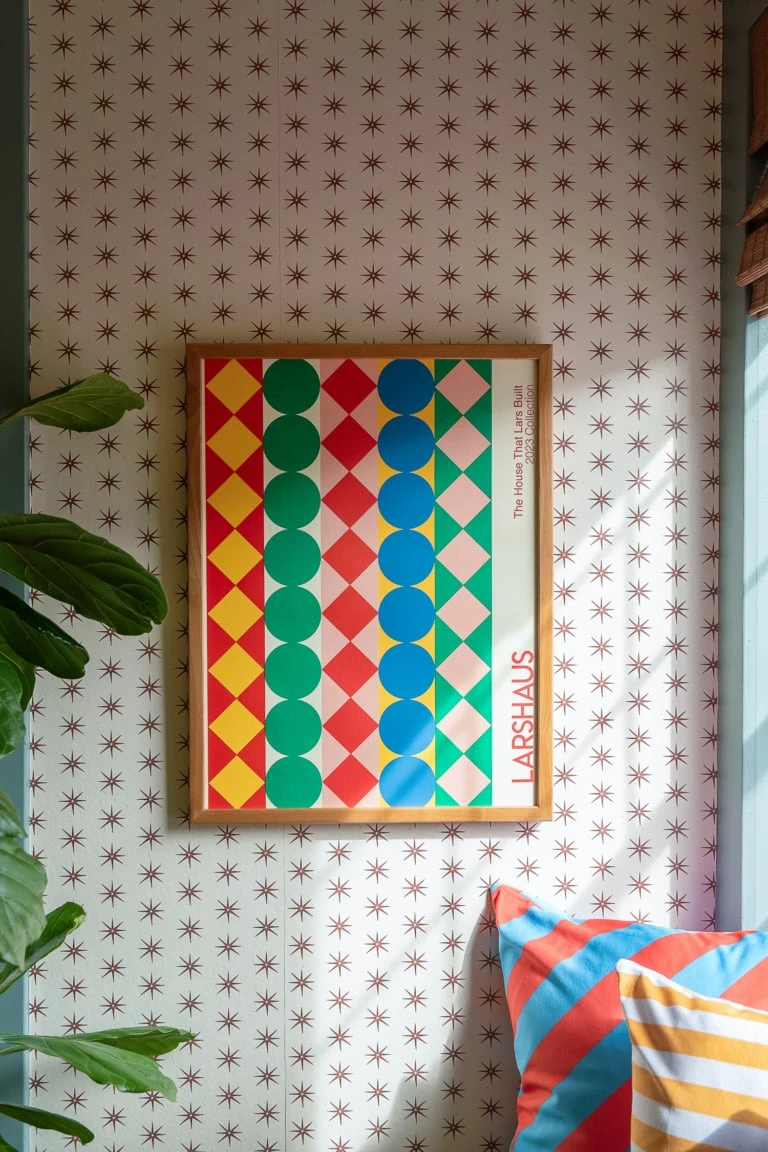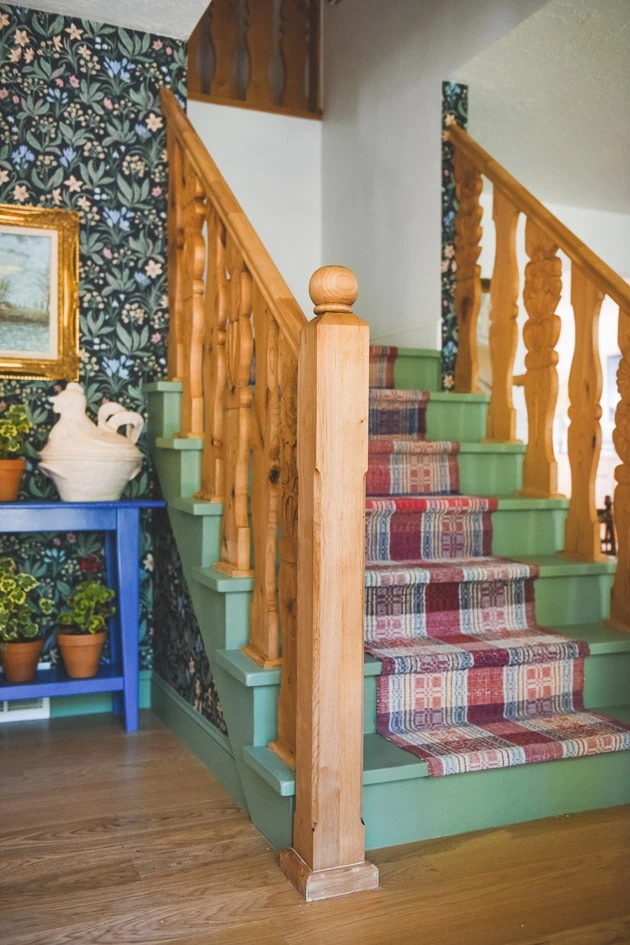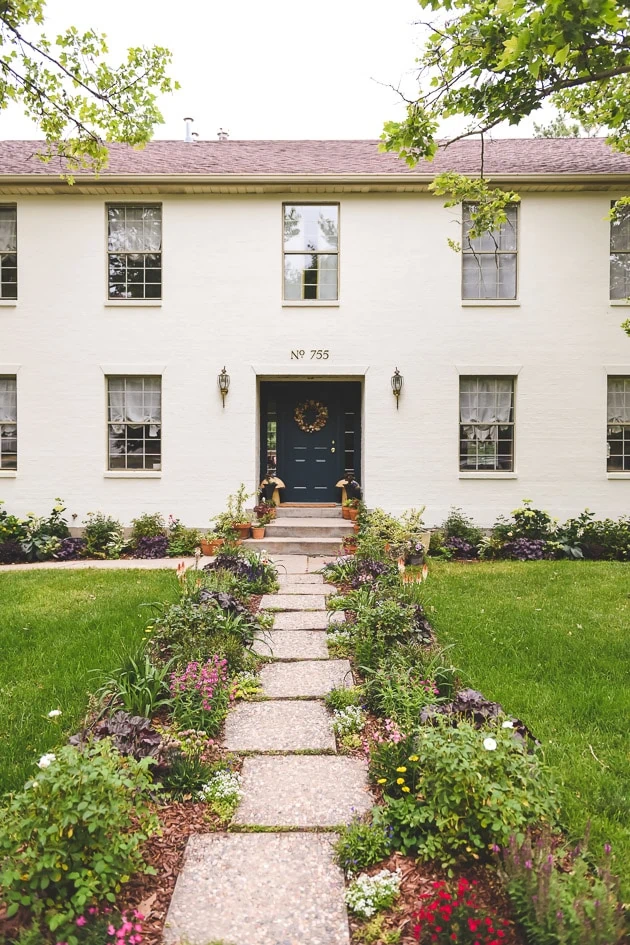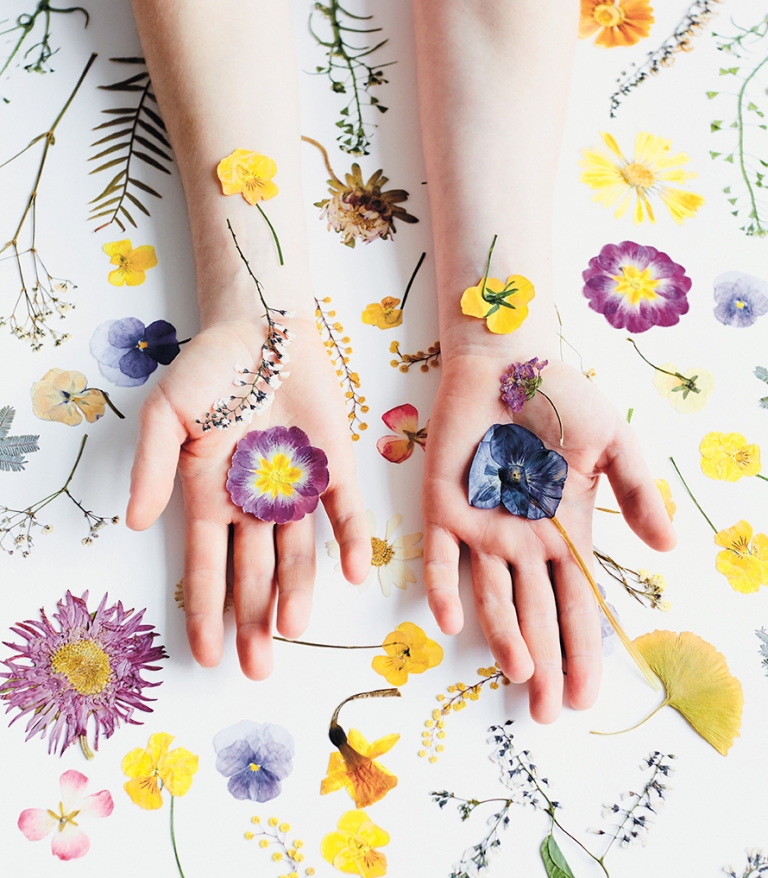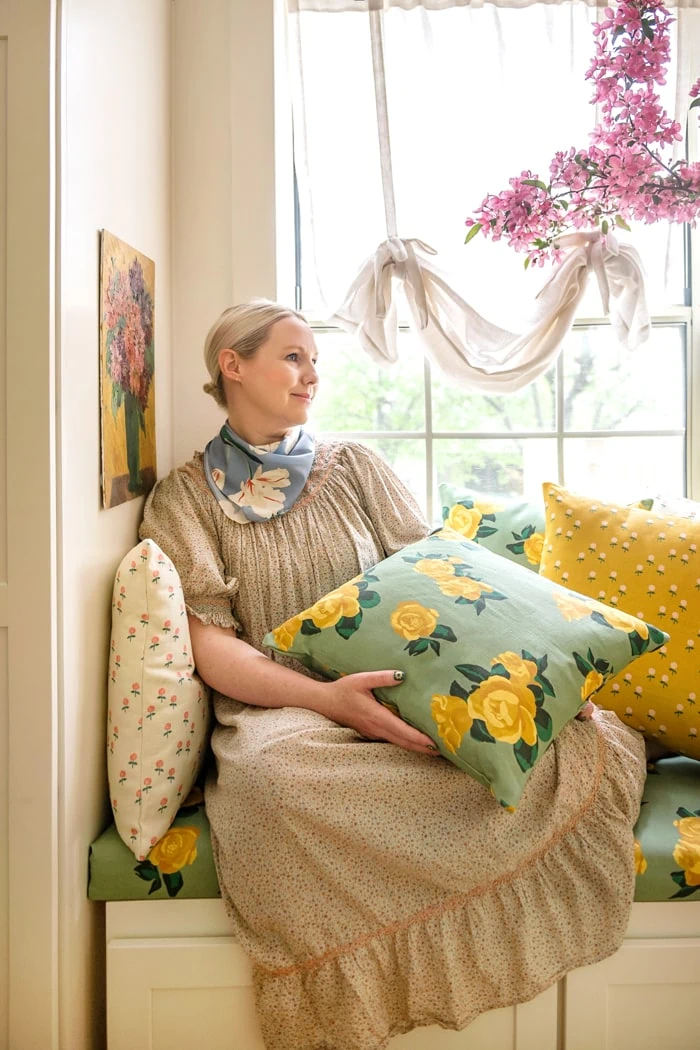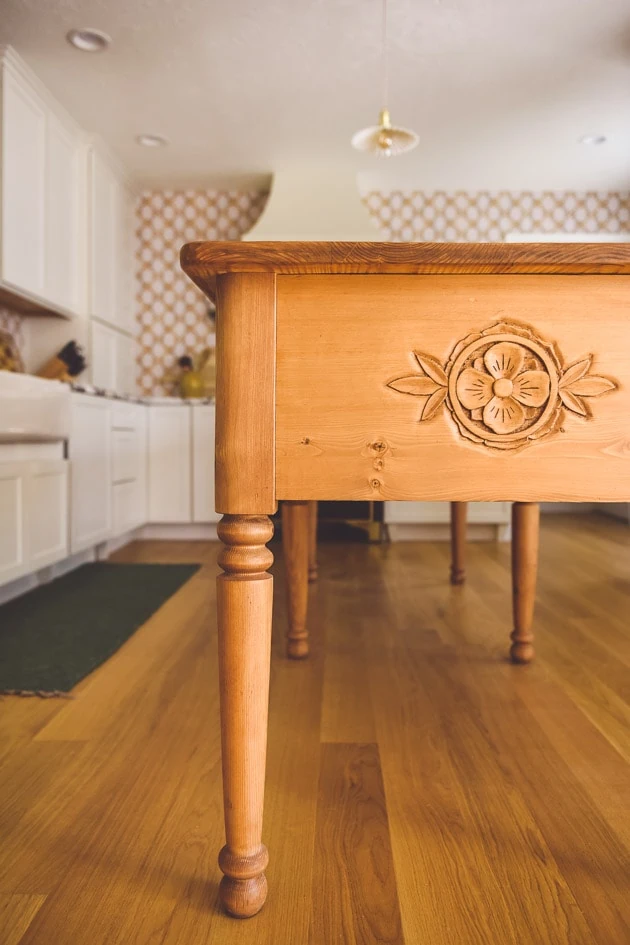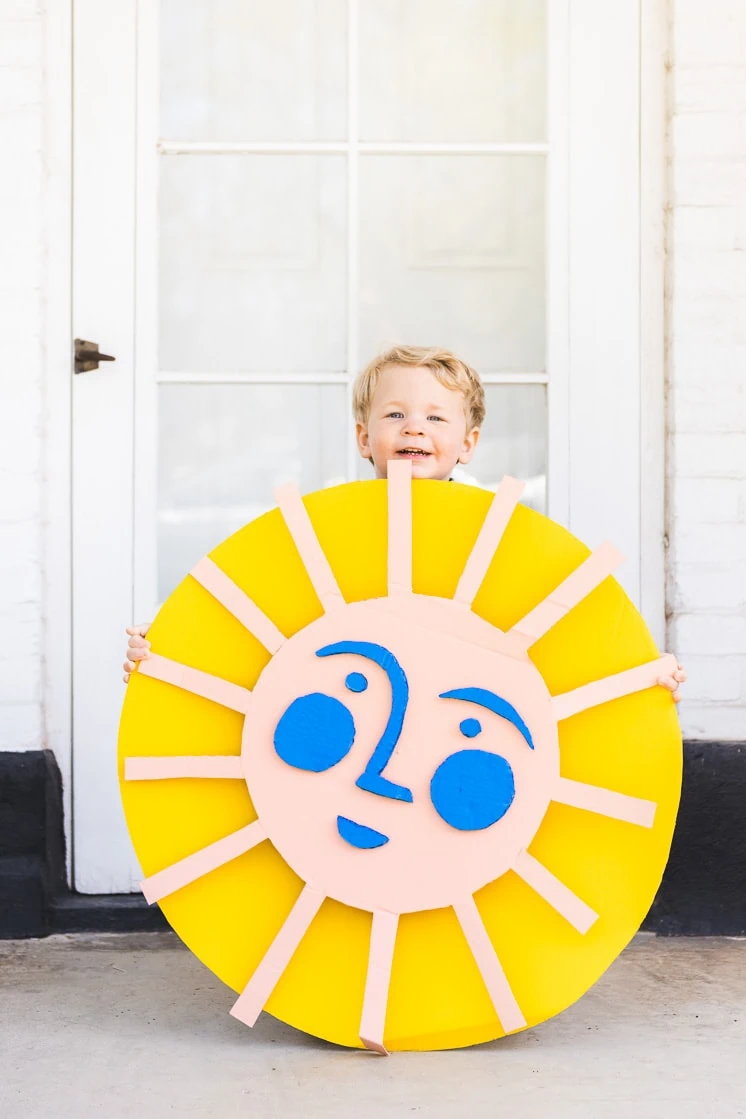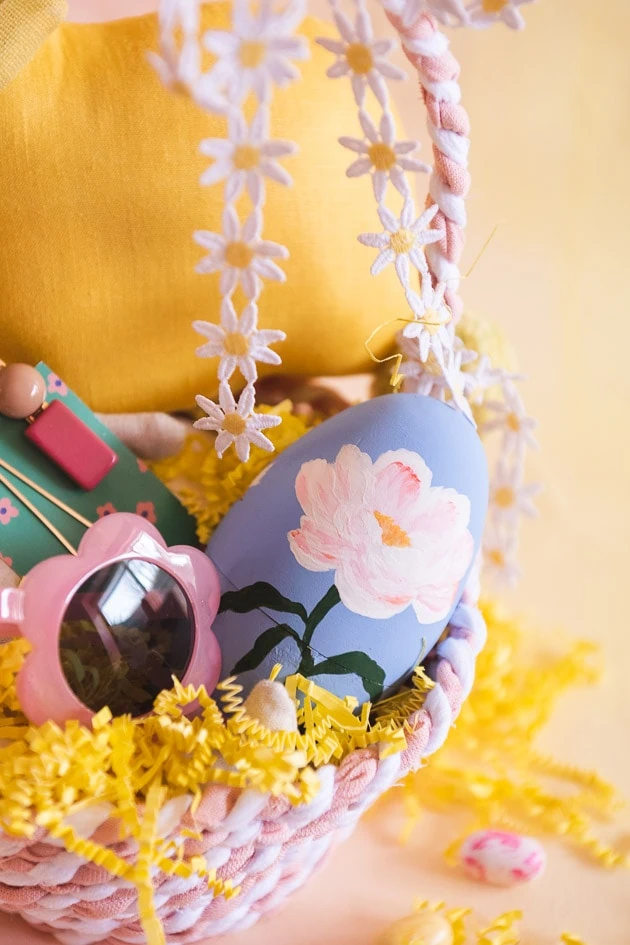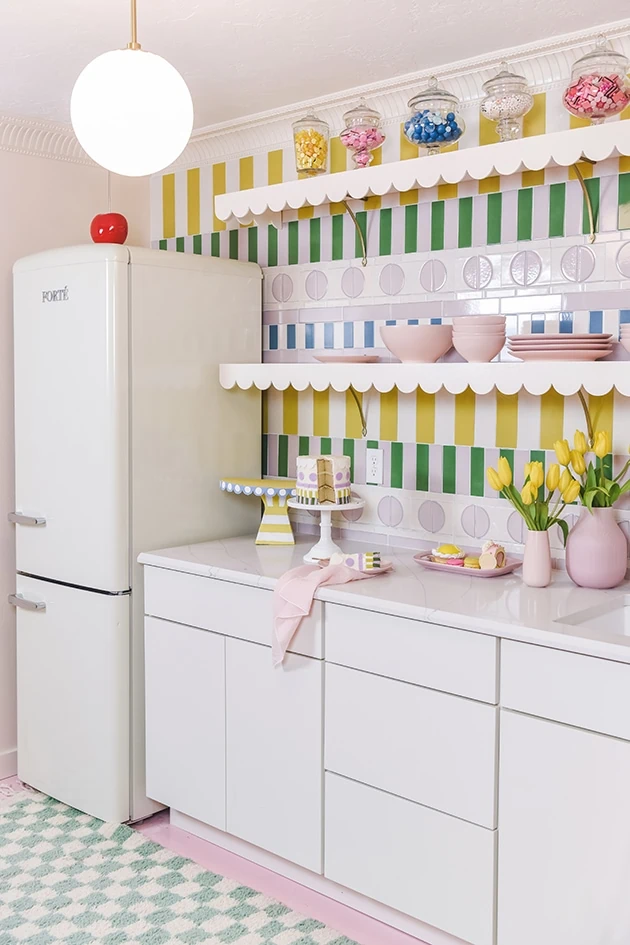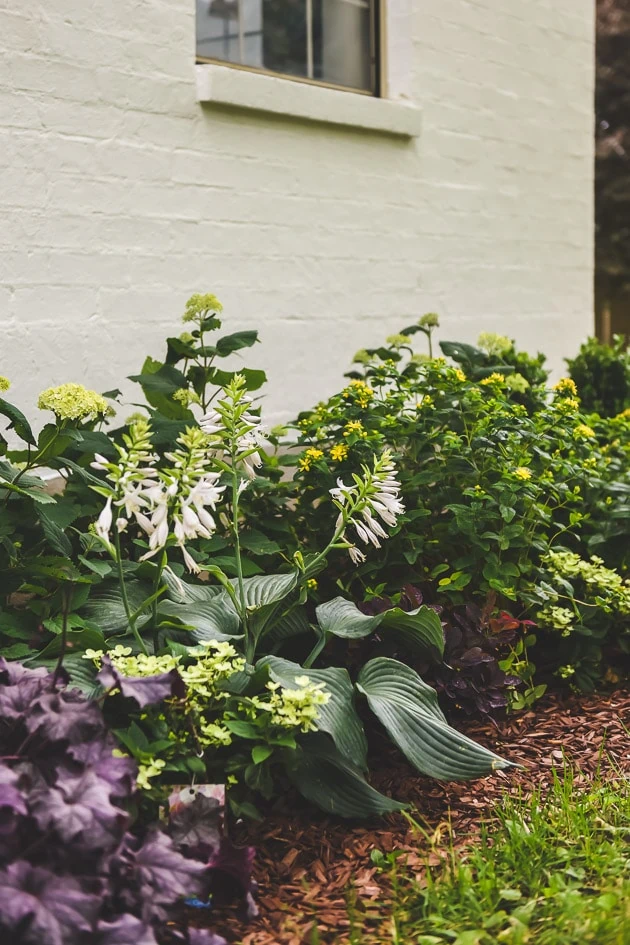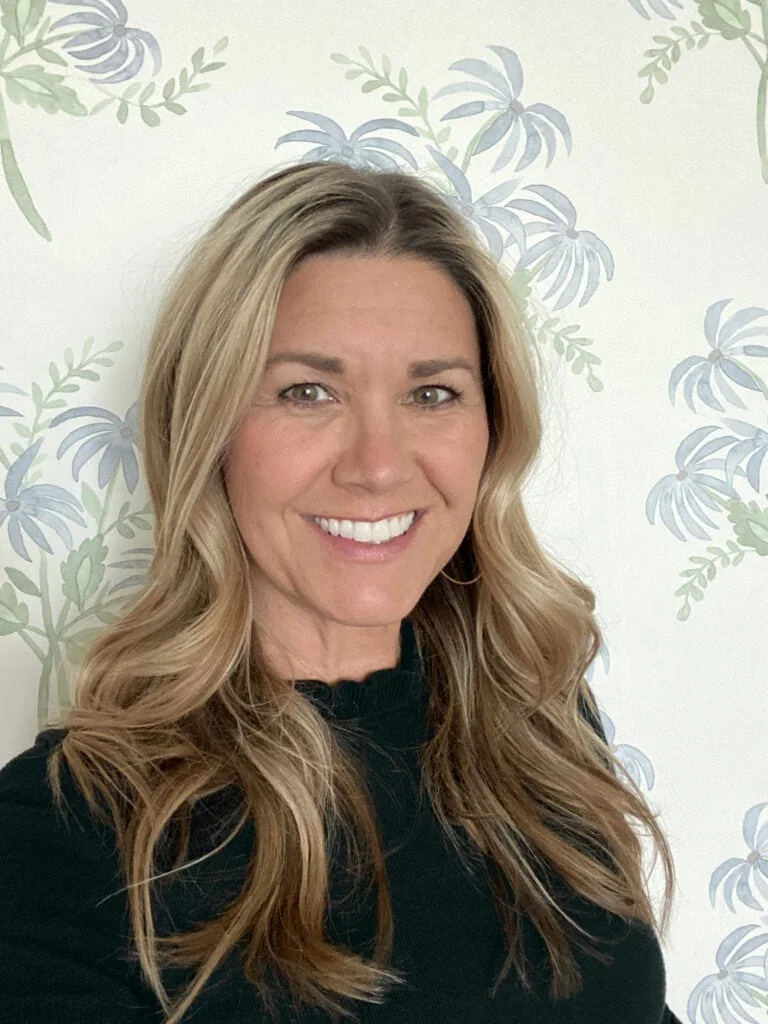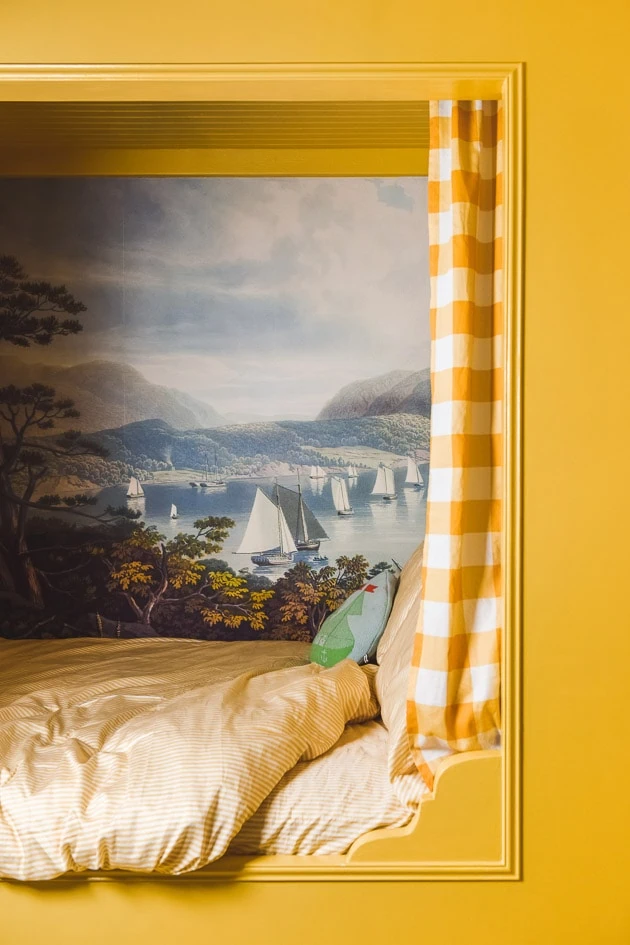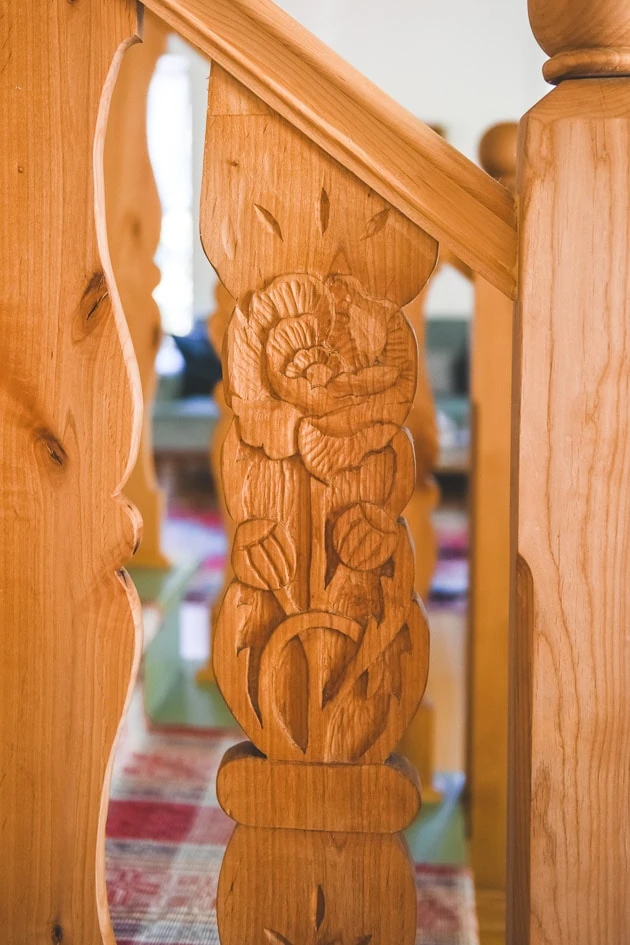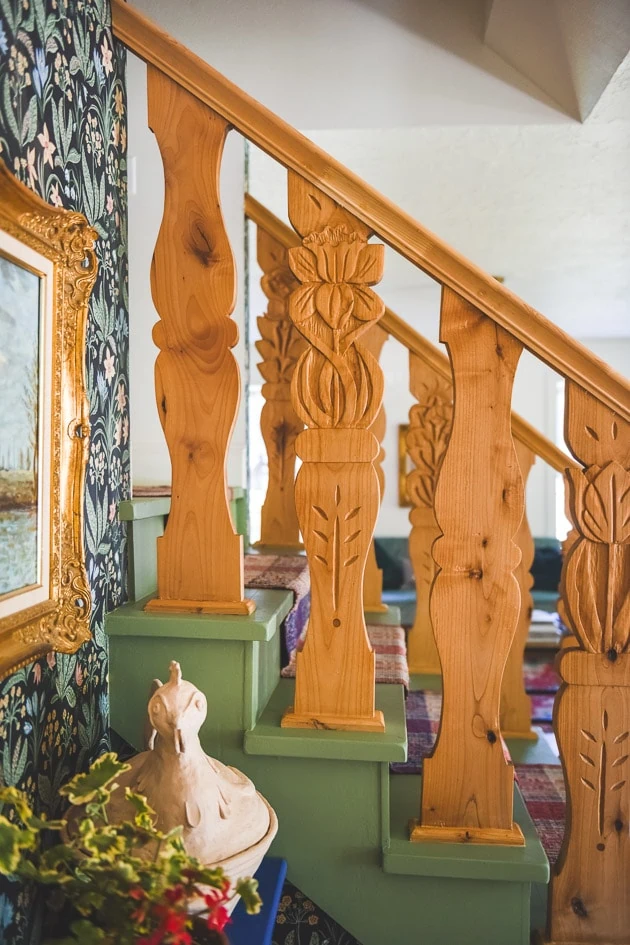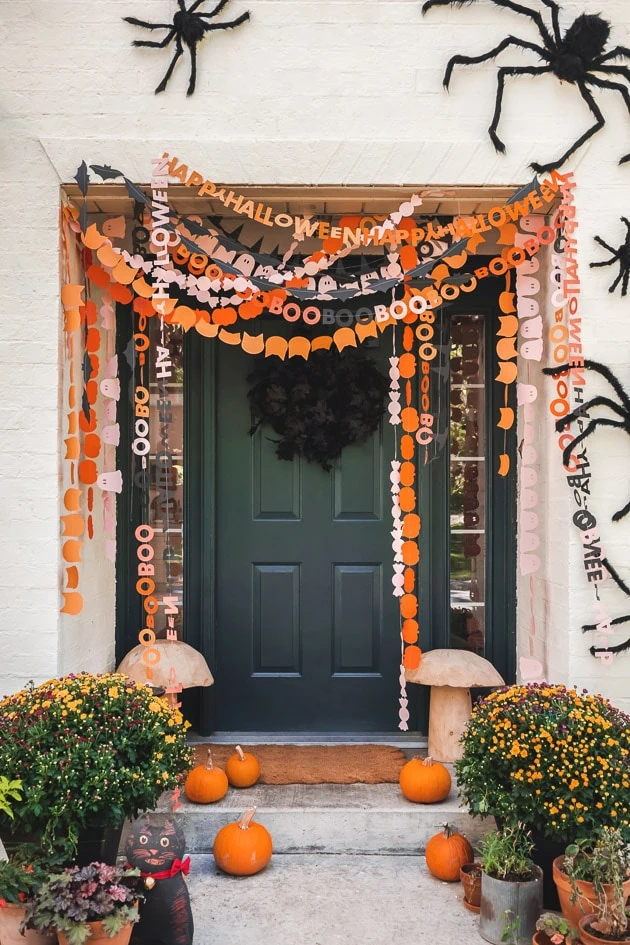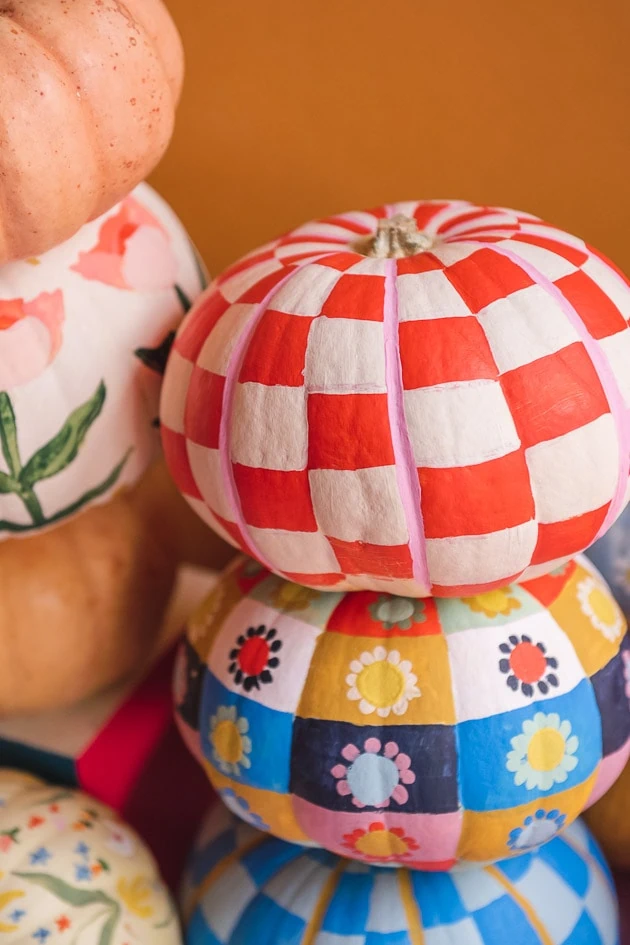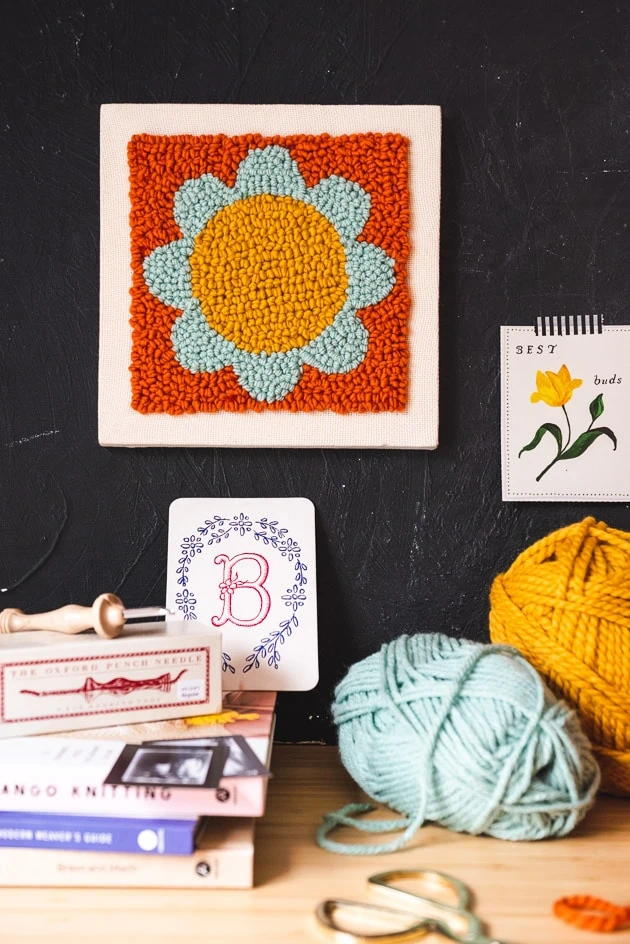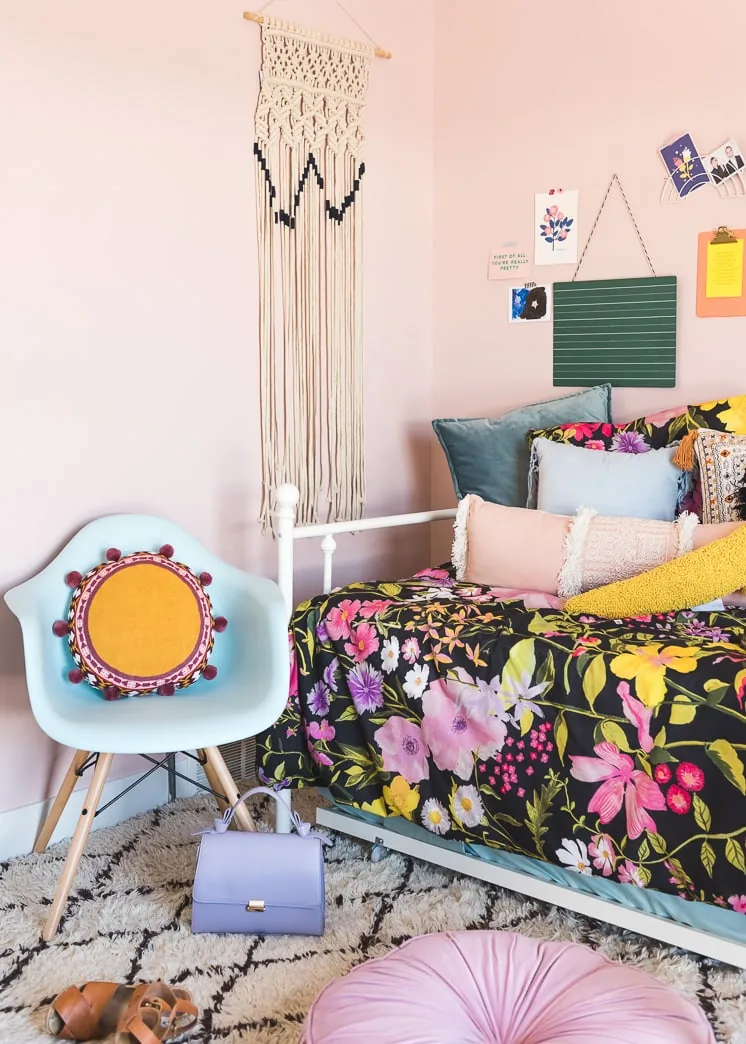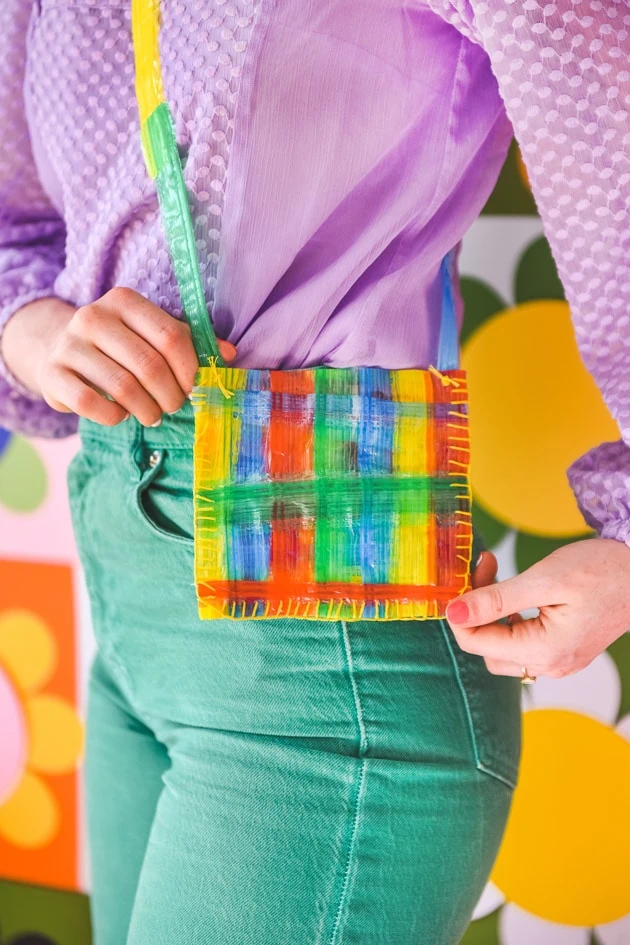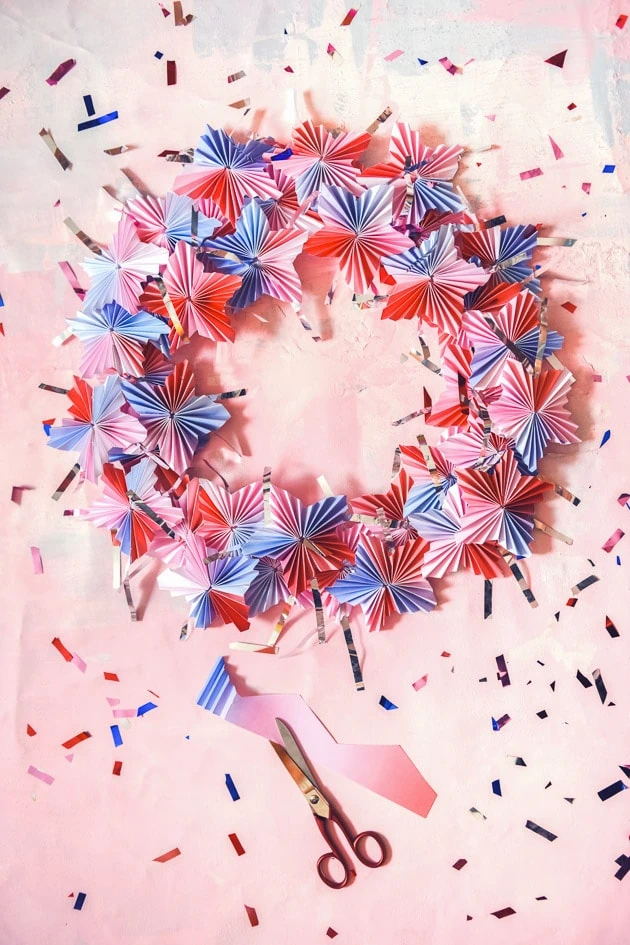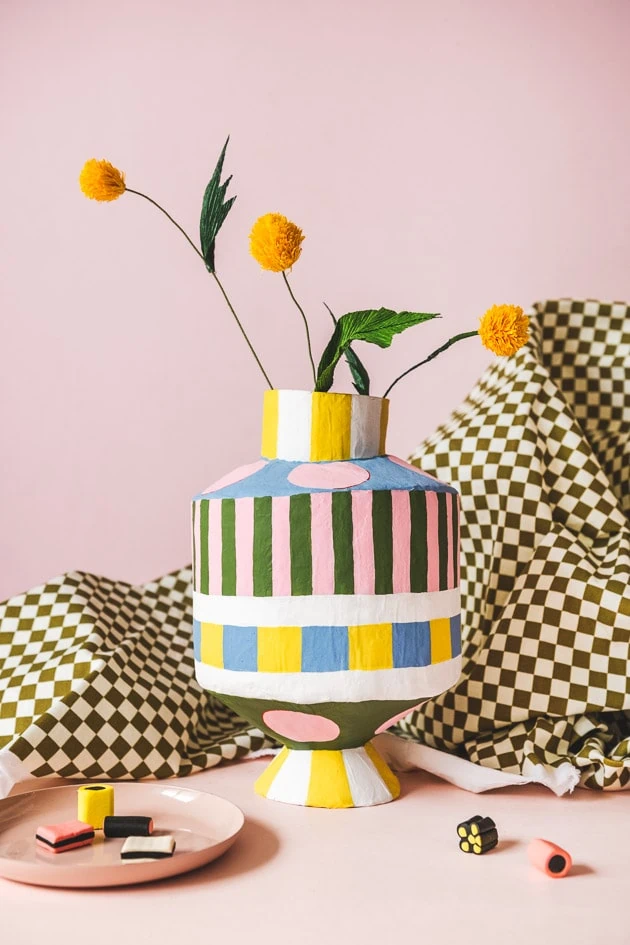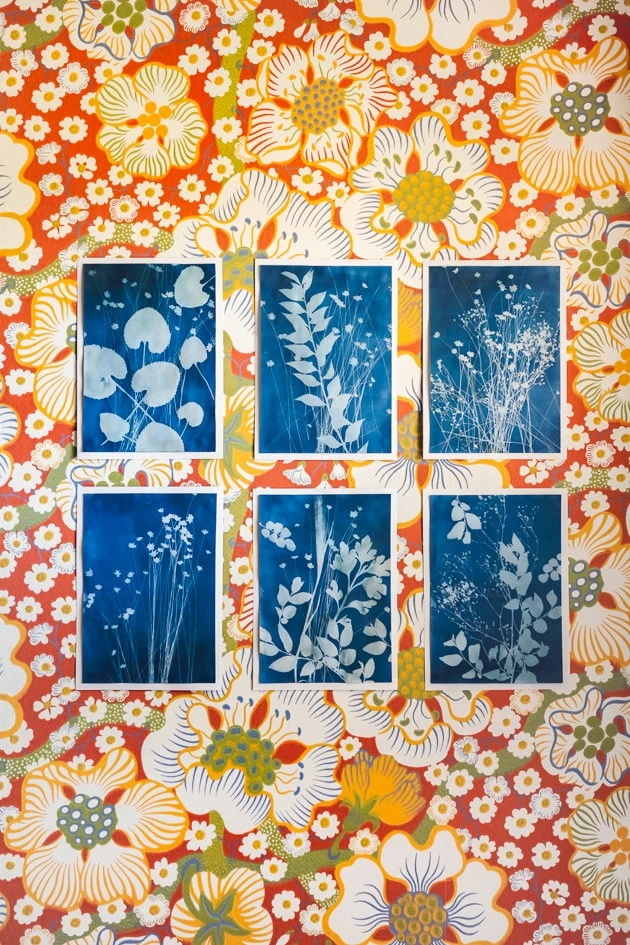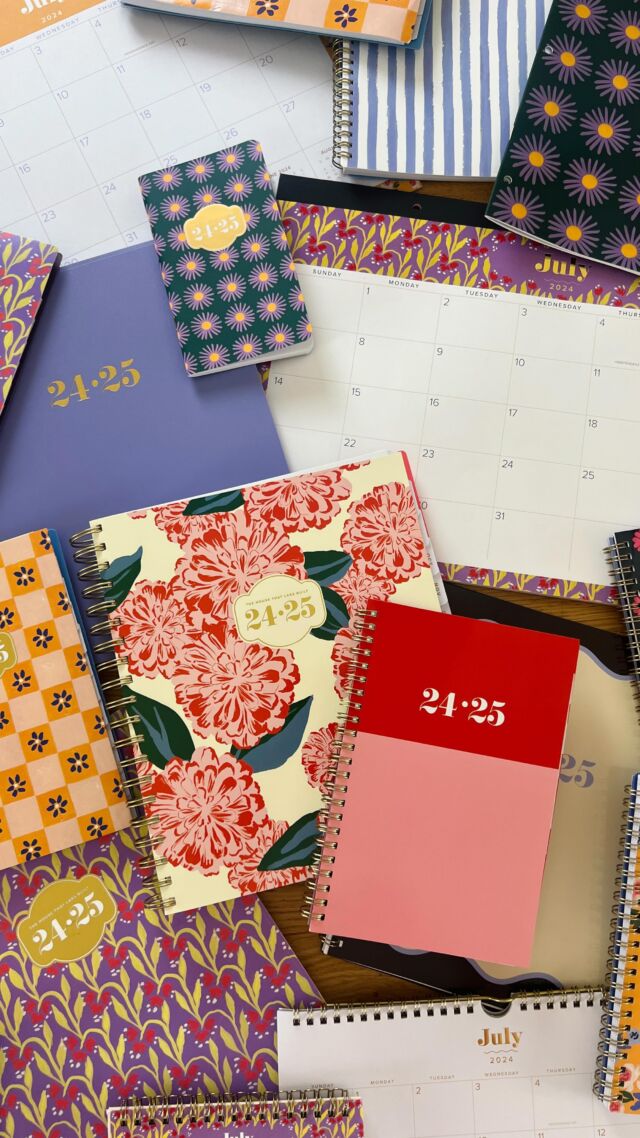An update–New territory for Lars
Things I regret about our staircase renovation
Painting our brick house white
8 projects to make with fresh flowers
Granny’s Garden: Our new fabric and wallpaper collection
5 ways to bring your family history into your home
10 Crafts to celebrate Earth Day
Easter Crafts
Cake-inspired tiled studio kitchenette
Drought tolerant cottage garden
Becoming Danika Herrick
How to make an alcove bed
Carved flower balusters
A Scandinavian-folk inspired staircase
DIY Roman Shades
Halloween Garland
Halloween Pumpkin Ideas
Punch Needle Wall Art
A Lars Girl’s Back to School Guide
Camp Lars: Fusible Plastic Bags
Fourth of July Wreath
Eight Crafts to do with Leftover Cardboard
Cyanotype Sun Prints
- 1
- 2
- 3
- …
- 6
- Next Page »


